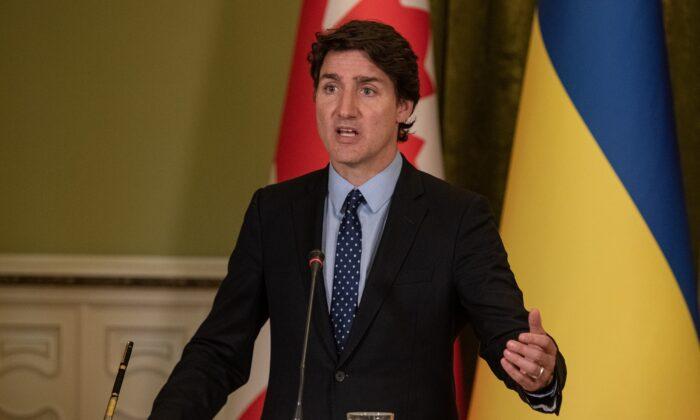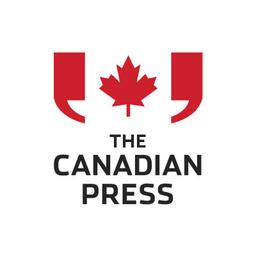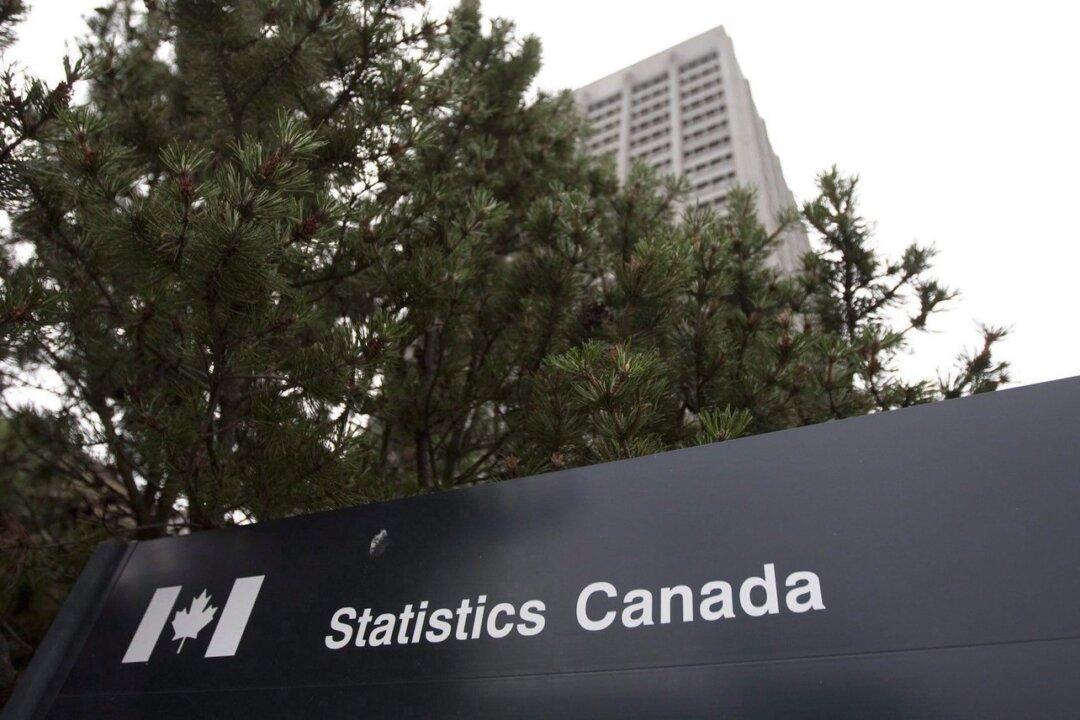Canada’s inflation rate tumbled in May as price shocks caused by the Russian invasion of Ukraine have been mostly absorbed, but economists are still expecting the Bank of Canada to move ahead with another rate hike next month.
Statistics Canada reported Tuesday the annual inflation rate fell to 3.4 percent in May, largely due to lower gasoline prices compared to a year ago.
That’s the lowest it’s been since June 2021.
However, the long-awaited decline in food inflation has yet to come through in Canada. Grocery prices were up nine percent on an annual basis, showing little improvement from April.
The decline in overall inflation is likely welcome news for the Bank of Canada, which is gearing up for its next interest rate decision on July 12 after raising its key rate by a quarter-percentage point to 4.75 percent earlier this month.
But forecasters are still leaning toward another rate hike, noting underlying price pressures — particularly on the services side—are still high.
The central bank will have a few more data releases to consider before its next rate decision, including a jobs report and a reading on real gross domestic product.
“Absent a large downside surprise from those data releases, we continue to expect the bank to hike the overnight rate by another 25 basis points in July, before stepping back the sideline for the rest of this year,” wrote RBC economist Claire Fan in a client note.
Stephen Gordon, an economics professor at Laval University, says the large price increases caused by the Russian invasion of Ukraine have faded from the calculation of the year-over-year inflation rate.
“Most of that was, in fact, transitory,” Gordon said. “On the other hand, inflation is leveling off, but it’s leveling off at levels that the bank would not be comfortable with.”
Gordon is also expecting that the Bank of Canada will raise interest rates again. He says the central bank is concerned with inflation expectations, and is moving aggressively to make sure that consumers and businesses don’t get used to three to four percent inflation being the norm.
The slowdown in the headline rate comes after inflation ticked up in April to 4.4 percent, marking a slight reversal of the progress made since last summer.
The Bank of Canada justified its most recent rate hike in part by pointing to the slight rise in inflation in April.
Moving forward, the central bank signaled it would make its next rate decision based on incoming economic data, suggesting it hadn’t made its mind up yet.
As it gauges inflation pressures, the central bank will be paying particular attention to its core measures of inflation, which strip out volatility. Those measures also declined last month.
The federal agency notes that the mortgage interest cost index increased at the fastest pace on record, rising by nearly 30 percent on a year-over-year basis.
Households that spend a considerable amount on groceries, such as those with kids, are also likely feeling the squeeze.





